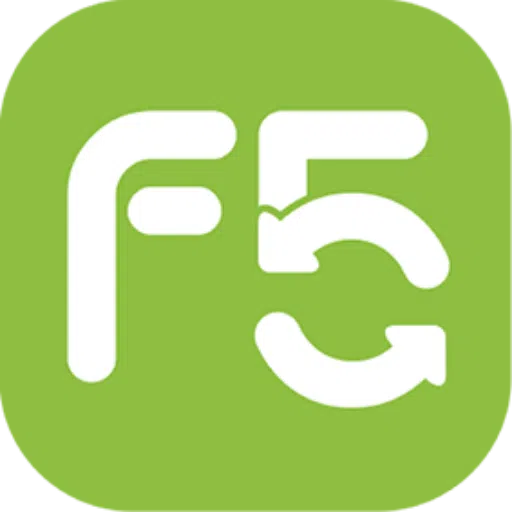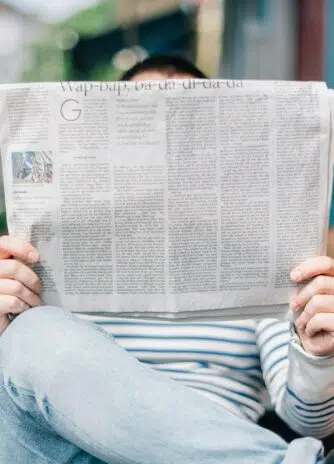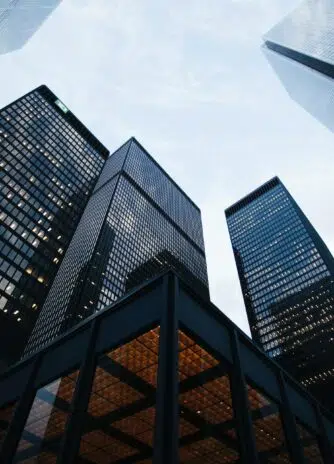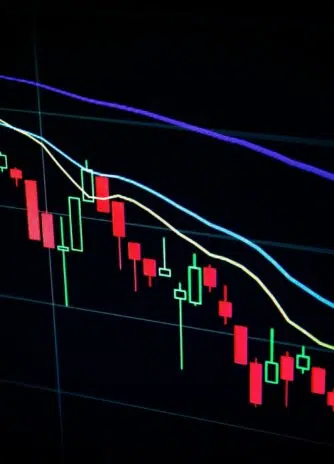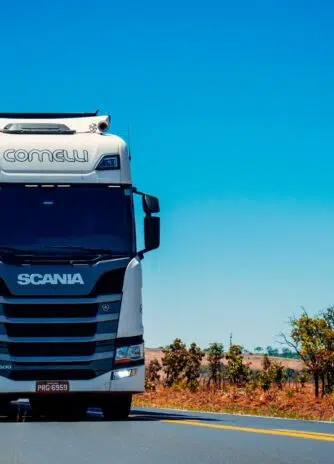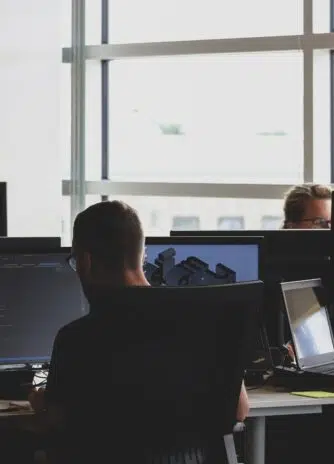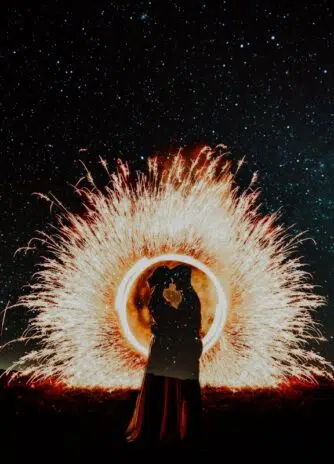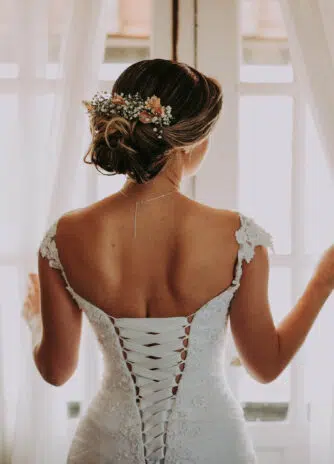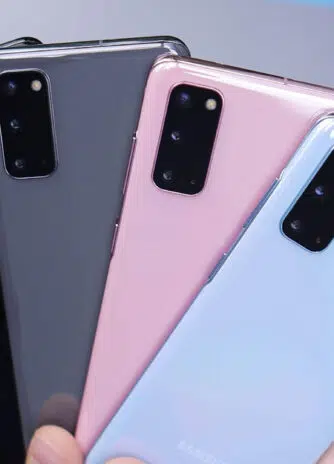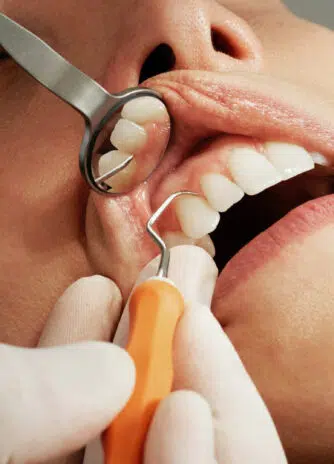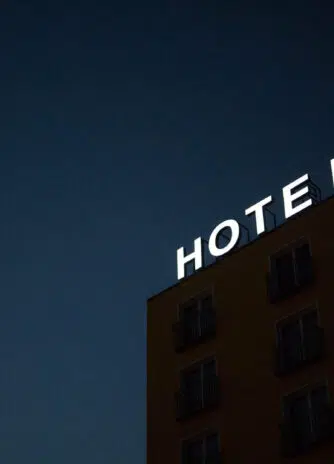AI-generated headshots are quickly replacing traditional studio portraits, offering job seekers professional-looking photos in minutes and at a fraction of the cost. As hiring increasingly happens through screens, these images are becoming a powerful tool for improving visibility on LinkedIn and in professional portfolios.
Platforms like Canva have even integrated AI headshot tools, while dedicated services such as InstaHeadshots, PhotoPacksAI, HeadshotPro, and Aragon AI now promise dozens of realistic portraits for under $50—no photographer required.
A Digital Shortcut to Professionalism
High-quality headshots have long been an advantage in the job market, but also a costly one. “When I was at Yale, it was $200 for a 15-minute session,” recalls Melanie Fan, head of growth at Plush. “Now I can get results faster, cheaper, and better.”
Since updating her profile picture with an AI headshot, Fan says recruiter outreach on LinkedIn has “skyrocketed—three to four times more messages from companies.”
Canva’s own research shows that 88% of job seekers believe a polished online image influences hiring decisions, a figure that’s risen 45% since last year. Meanwhile, 90% of hiring managers say they use AI to assist with recruitment, and nearly all candidates who used AI in their application process reported getting callbacks.
Danny Wu, Canva’s head of AI products, says the company’s goal isn’t to replace professional photographers, but to “make high-quality imagery accessible to everyone, regardless of budget or location.”
The Authenticity Question
But as with any AI trend, the excitement comes with skepticism. Many candidates worry that their photos might look overly airbrushed or fake—and recruiters are paying attention.
“It’s risky to use an AI headshot,” warns Sam DeMase, a career expert at ZipRecruiter. “If it looks inauthentic, it can actually hurt your chances.” However, even recruiters admit it’s getting harder to tell whether a headshot was generated or enhanced by AI.
Former Meta engineer Chris Bora created his own tool, Nova Headshot, after being disappointed by others. “Some made me look taller or lighter. I just wanted something that looked like me—on my best day,” he says.
Still, not everyone is convinced. Amber Collins, an early adopter, admits to mixed feelings. “Some apps gave me extra fingers or messed up jewelry. I feel guilty using AI, but with prices so high, it just makes sense,” she says. “In this economy, you have to be practical.”
Balancing Access and Authenticity
The rise of AI headshots highlights a broader tension between accessibility and authenticity. While these tools make professional imagery more democratic, they also blur the line between enhancement and deception.
LinkedIn, where AI portraits are spreading fastest, has already issued a reminder: while users can use AI to enhance their photos, “the image must reflect your true likeness.” Photos that don’t meet LinkedIn’s professional community standards may be removed.
DeMase adds, “A headshot is one of the few places you can still inject humanity into the job search.” But with Gen Z and millennials embracing AI imagery at record rates—and with many applications now screened by AI rather than humans—the shift seems inevitable.
As one recruiter put it, the new rule of thumb may soon be simple: look real, even if it’s not.
We have helped 20+ companies in industries like Finance, Transportation, Health, Tourism, Events, Education, Sports.
